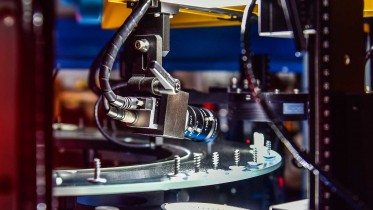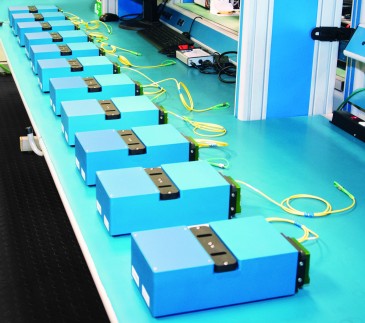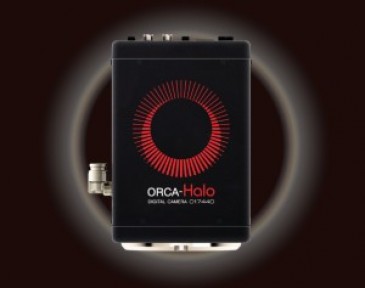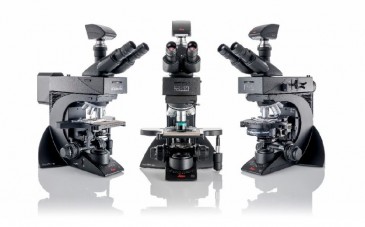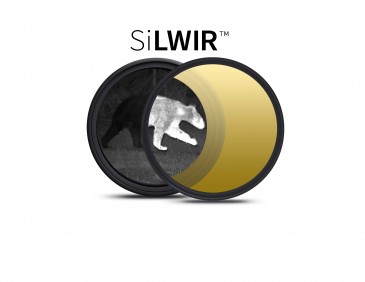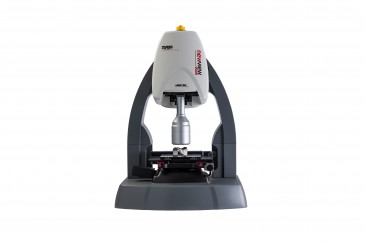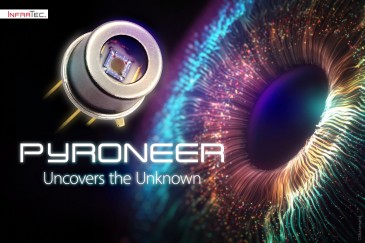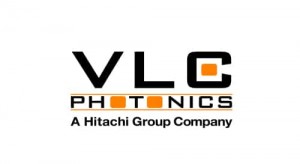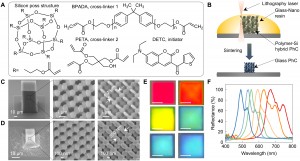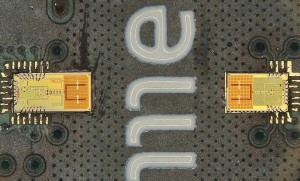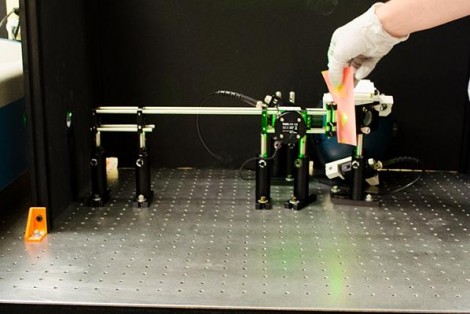
On the path to safer and more effective ways to remove tattoos, birthmarks, etc., researchers at the University of Missouri have developed a new dermatological laser technique called sonoillumination that transmits laser light into skin tissue through direct contact, where it can be precisely absorbed by only the targeted skin mark.
Previous laser treatments to remove skin marks transmit light through the air, making it difficult to selectively target minutely the intended area. What is more, this open-air transmission causes laser light reflection off the skin, putting dermatologists and patients at risk for eye damage. “To overcome this, we have developed an instrument that transmits laser light into the tissue through direct contact,” confirms Paul Whiteside, PhD candidate in the MU College of Engineering and co-author of the respective study.
The instrument is specifically designed so it could be used with any currently used laser system or wavelength. The researchers expect this technology on its own to significantly reduce safety concerns in laser dermatology. “Moreover,” Whiteside continues, “our new technology, called sonoillumination, allows additional therapies, such as ultrasound, to be combined with laser treatments simultaneously.” The team says simultaneously combining laser and ultrasound using sonoillumination can increase penetration of the laser light into the skin, which again may have significant impacts on the safety and effectiveness of medical and cosmetic laser treatments. The technique’s possible benefits may also include being able to treat patients with darker complexions more effectively, being able to provide laser therapy with less risk of scarring or pigment changes, and being able to do treatments with less discomfort, fewer treatments and lower laser energy settings. However, Whiteside cautions: ”These effects must be explored during clinical trials to concretely verify the types and extent of the technique’s benefits.”
What is revolutionary about sonoillumination
“Traditional laser treatments rely on the concept of selective photothermolysis — laser-induced heating — to specifically target certain structures for treatment, while leaving other parts of the skin relatively unaffected,” explains co-author Heather Hunt, assistant professor of bioengineering in the MU College of Engineering. Elaborating on the problem with traditional treatments, she says that with previous approaches, the laser needs to transmit through the epidermis, the surface layer of skin that acts as a barrier to laser transmission both due to its reflective properties and because it is filled with light-absorbing melanin, the pigment that gives skin its color and protects us from UV radiation.
“Sonoillumination acts to temporarily change the properties of the epidermis, using painless ultrasound technology, thereby allowing more laser light to penetrate deeper into the skin to impact desired targets, such as hair follicles, tattoo inks and blood vessels,” Hunt says. “The ability to transmit the laser through direct contact and then to combine the laser treatment with other technologies is a truly unique approach that should enable significant advances in laser dermatology treatments.”
Sonoillumination solves three problems
Nicholas Golda, associate professor of dermatology and director of dermatology surgery in the MU School of Medicine, is a third study co-author. He explains how his team’s technique addresses three problems: "First, it increases the safety of the procedure by reducing scattering from the skin that arises during non-contact laser transmission; second, it increases the efficacy of the treatments via increased delivery of laser light through the epidermis to the target of interest, which will hopefully reduce the number of treatments and the associated cost; and third, it will enable more patients to access the technology, as sonoillumination should be able to be used with a wider variety of skin complexions than current systems can treat.”
Overcoming obstacles in developing the new laser system
“The biggest challenge for us was creating the direct transmission aspect of the system,” reveals Whiteside. “Once this was accomplished, adding on additional technologies, such as the ultrasound, was relatively simple.”
Impact of the research on future laser technologies
“Our initial work targeted tattoo removal, because we knew that if we could show that it worked for tattoo removal, then the technique would work with any of the other procedures, which require, on average, lower laser intensity and potentially narrower wavelength ranges,” says Hunt, concluding that this work has the potential to impact all laser-based dermatology procedures. “The benefit of sonoillumination is that it improves procedures for both the patient and the clinician,” she says. Safer for the clinician, the new procedure will reduce the need for the optically dense laser safety glasses that obstruct their vision during surgery. Hunt points out that from the patient’s perspective, the procedures could be more effective, which could reduce the cost, reduce the side-effects and broaden access to the procedures.
Next steps
Now that the MU researchers have shown the effects and benefits of sonoillumination in their biophotonics lab, they say their next step will be to translate it into a hand-held device and perform a well-designed clinical trial. “Once the trial is done, it will be submitted for FDA approval and hopefully be made widely available to patients shortly thereafter,” Golda remarks in conclusion.
Written by Sandra Henderson, Research Editor, Novus Light Technologies Today








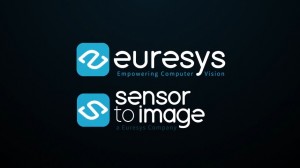
















 Back to Features
Back to Features
